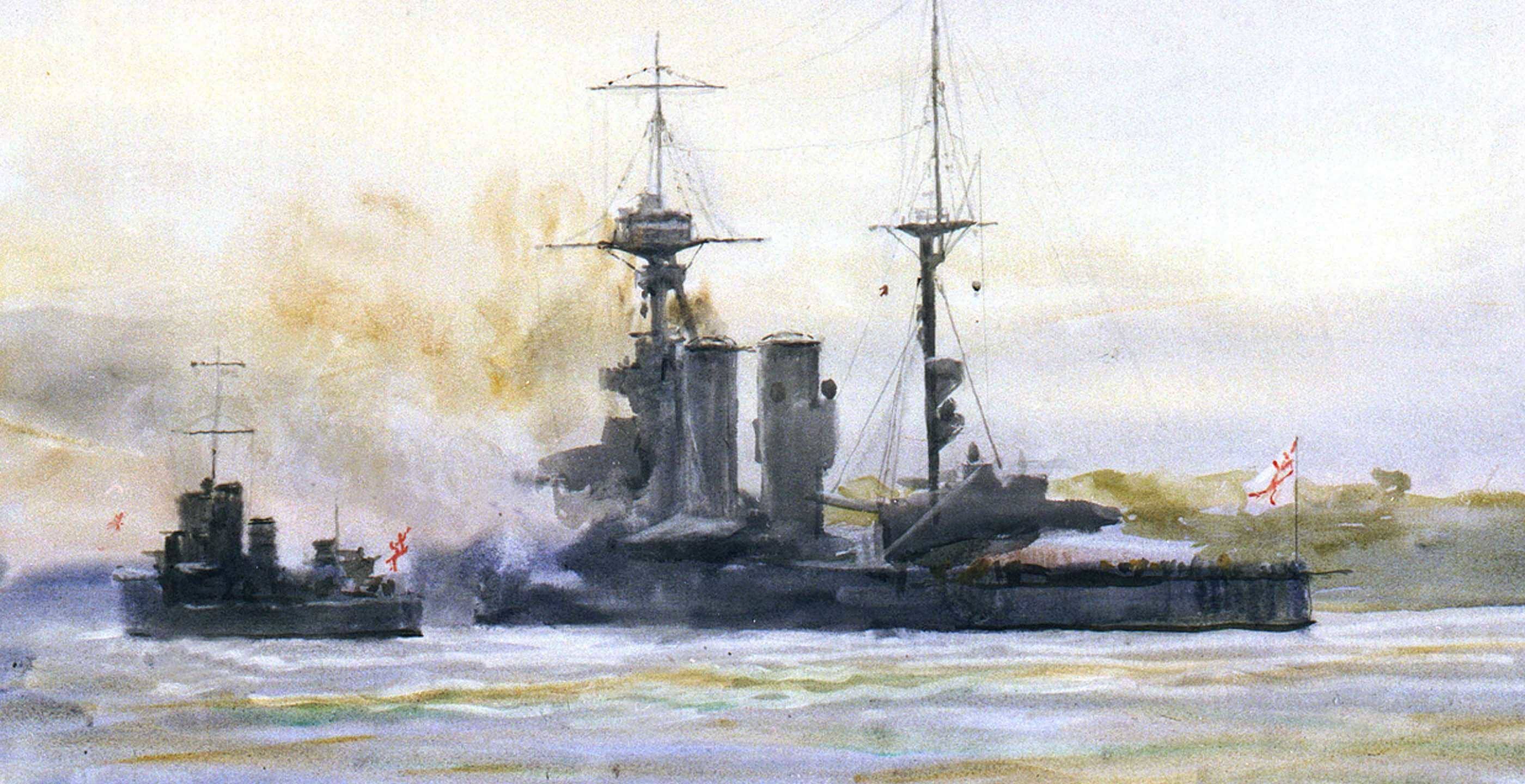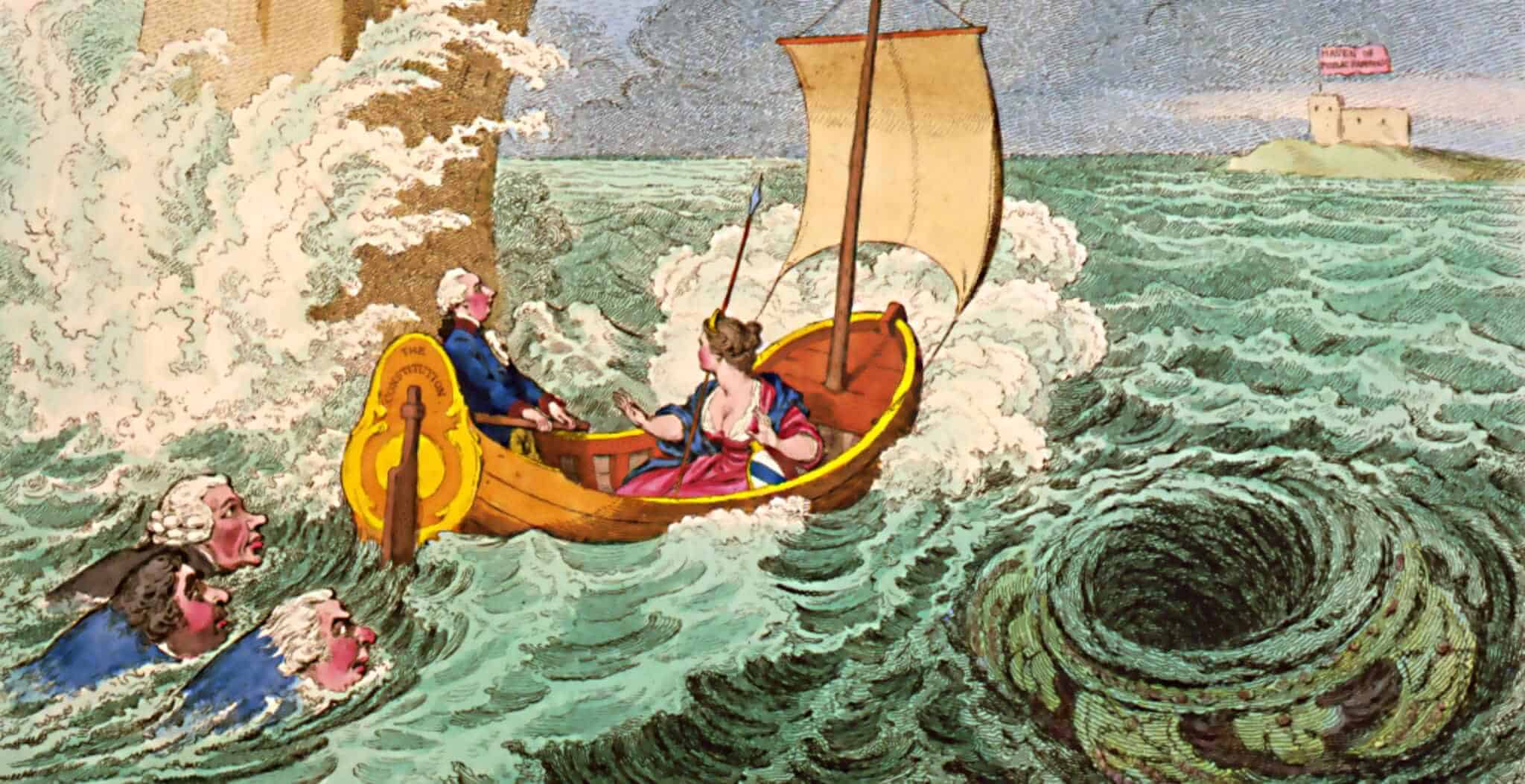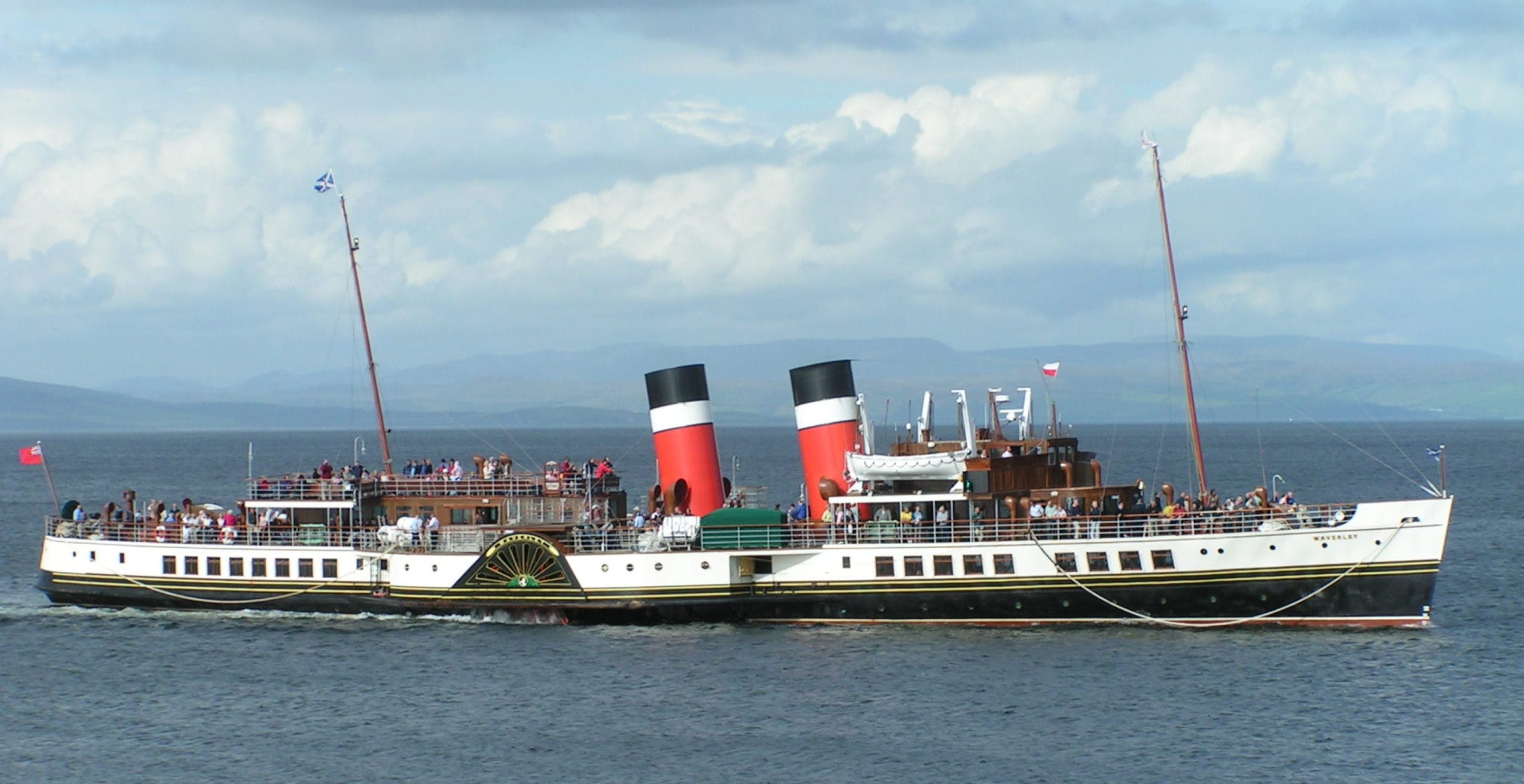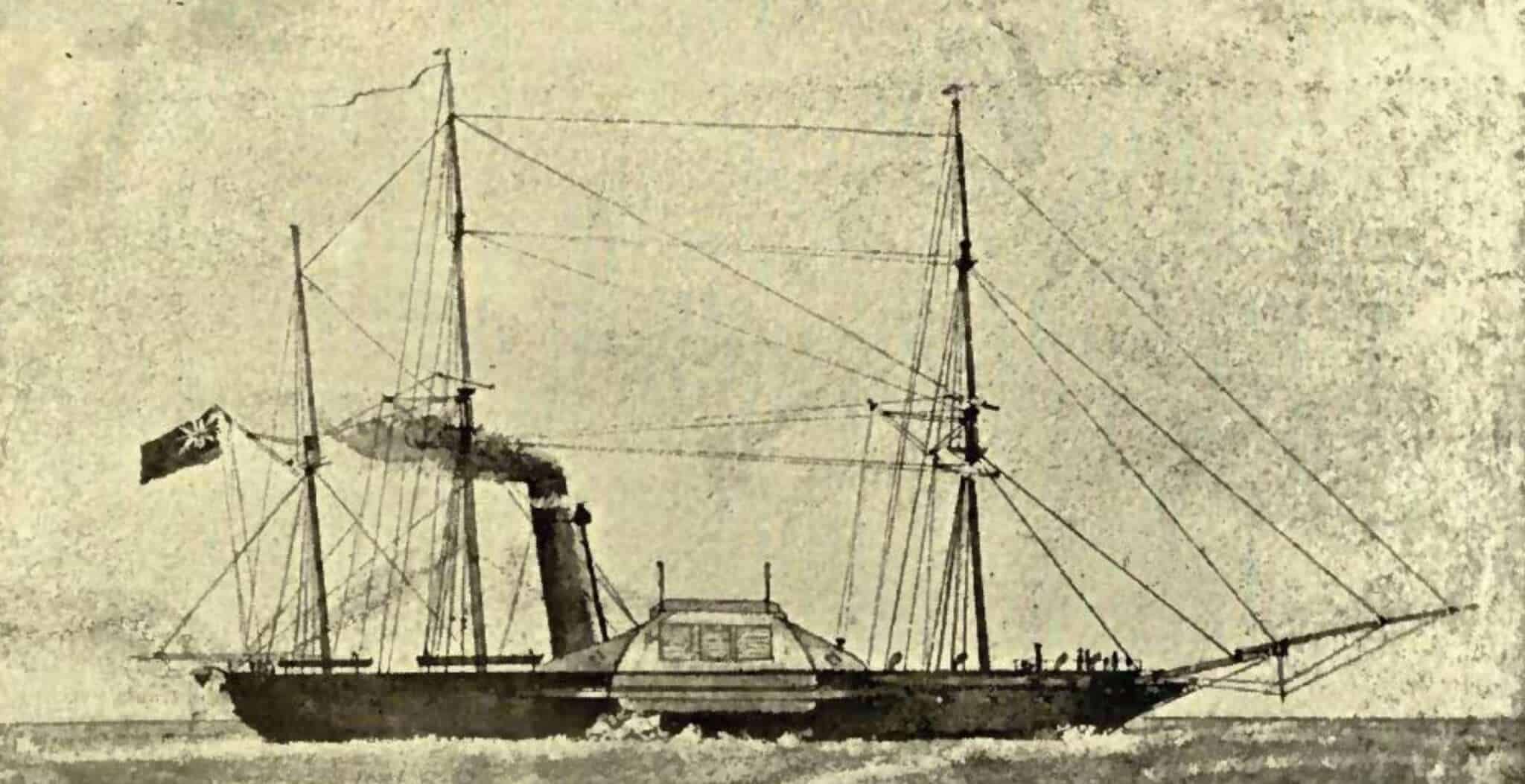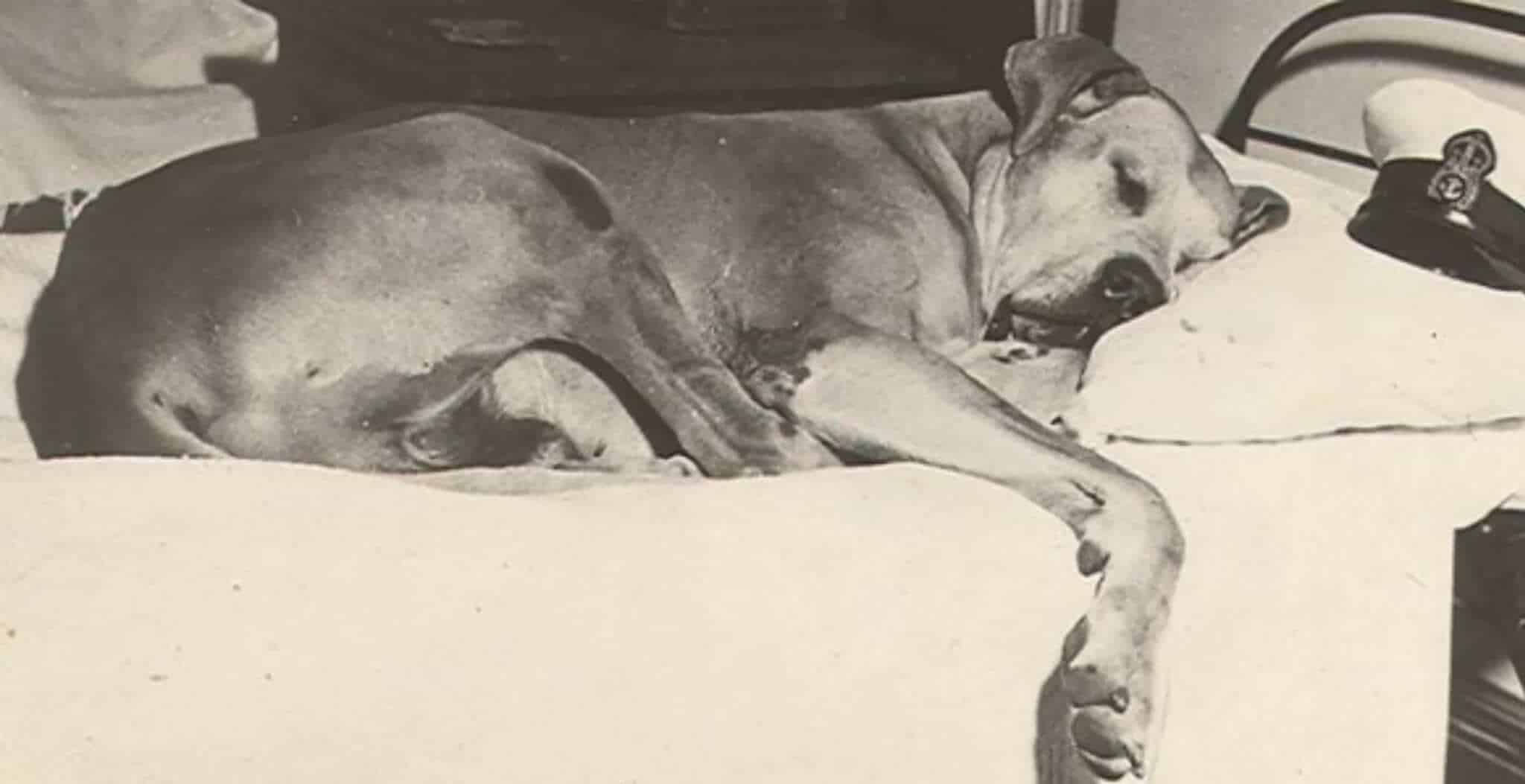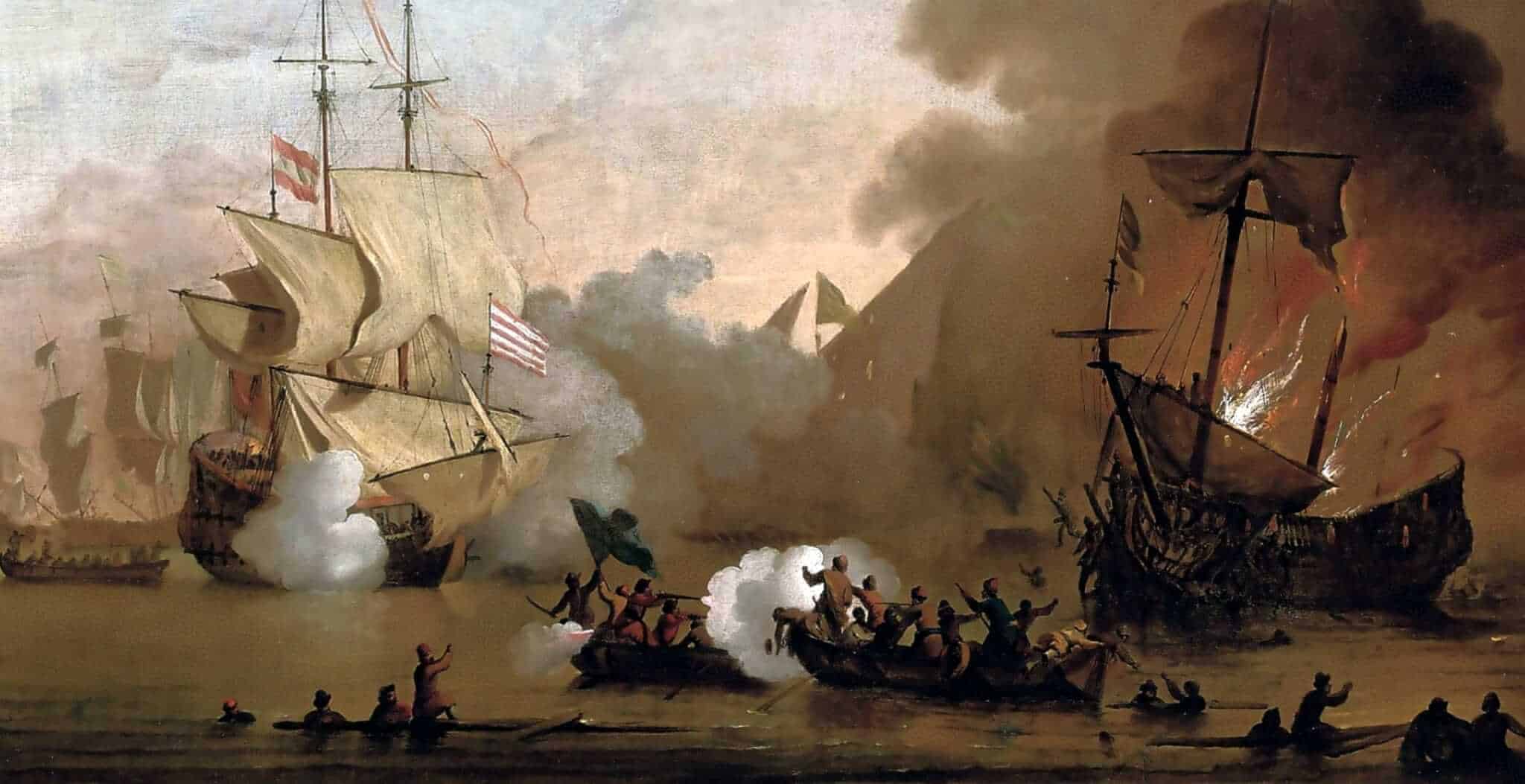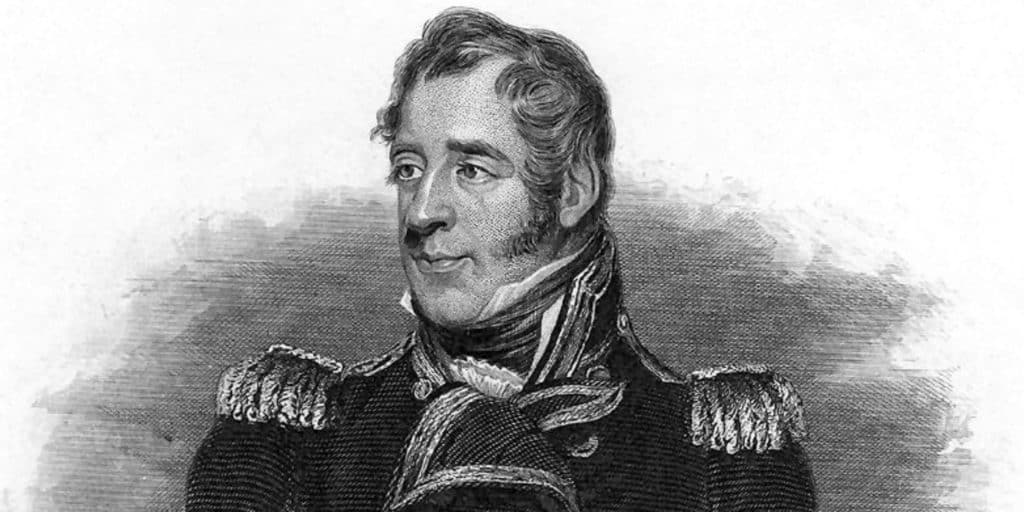In December 2017, Britain’s newest aircraft carrier, HMS Queen Elizabeth, was commissioned into the Royal Navy. She is the largest warship ever built for the Senior Service, and when she is finally operational she will also be the most powerful. Wind back the clock to December 1914, and another warship to bear the name was also commissioned into the fleet. Like her modern-day namesake, she was one of the most powerful of her time – a super dreadnought battleship!
Laid down in October 1912, Queen Elizabeth was built at the Portsmouth Royal Dockyard and launched only twelve months later. She was named in honour of Queen Elizabeth I of England and commenced operational duties with the Royal Navy in January 1915. Measuring over 643 feet in length, she had a beam of over 90 feet and displaced in excess of 32,500 long tons unloaded. Powered by two sets of steam turbines, she could cruise at 12-knots and had a range of 5,000 nautical miles.
Although she would be upgraded over the considerable length of her service, Queen Elizabeth still boasted a formidable armament during her early years. These included: eight 15-inch guns mounted in four twin turrets, sixteen single-mounted 6-inch guns, two quick-firing 3-inch anti-aircraft guns and four 21-inch torpedo tubes. Her armour was also up to 13-inches thick in critical areas.
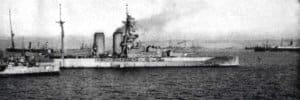
Following her commissioning, Queen Elizabeth was sent to the Mediterranean to conduct sea trials. However, it would not be long before she was given instructions to sail for the Dardanelles to support the Allied operation against the Ottoman Empire. Interestingly, she would be the only modern dreadnought battleship to take part in the campaign, the other ships of the Allied fleets being either pre-dreadnought battleships or smaller vessels.
During the Dardanelles campaign, Queen Elizabeth served as flagship for Sir Ian Hamilton, who commanded the Mediterranean Expeditionary Force. She would take part in a bombardment of Turkish shore positions and sink an enemy transport vessel. However, on 12th May 1915 HMS Goliath, a pre-dreadnought battleship, was torpedoed and sunk by the Ottoman destroyer Muâvenet-i Millîye. Worried for the safety of their new and expensive super dreadnought, the Royal Navy took the decision to withdraw Queen Elizabeth.
Her next posting would be to the 5th Battle Squadron of the Grand Fleet at Scapa Flow. Had it not been for the fact she was undergoing maintenance in dry dock in May and June 1916 she would have been present at the Battle of Jutland. In the event, Queen Elizabeth missed her chance to take part in the last major clash of battleships in history. Nevertheless, she had the distinction of becoming the flagship of the Grand Fleet in 1917 and would be present when surrender terms were presented to German Admiral Ludwig von Reuter following the armistice.
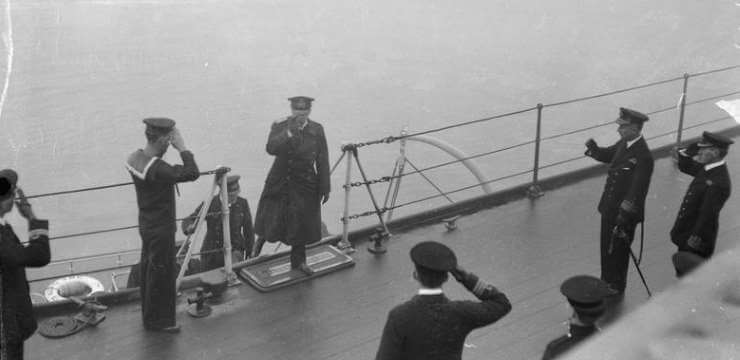
With the end of hostilities in late 1918, Queen Elizabeth served as the flagship of the Atlantic Fleet between 1919 and 1924, after which she acted as the flagship of the Mediterranean Fleet until her refit in 1926. She would return to the Mediterranean in 1927, then the Atlantic Fleet in 1929 before again returning to the Mediterranean later the same year, where she would remain until 1937.
It would be during this time that Queen Elizabeth underwent the first of two major rebuilds in the interwar period. Her refit of 1926-27 saw the addition of four 4-inch guns, while new funnels and foretop were installed. Her second refit, which involved a major modernisation, began in 1937, during which she would be fitted with a new tower bridge and had her 6-inch guns replaced with twenty 4.5-inch guns mounted in ten double turrets. She also had new anti-aircraft guns installed, her engines and boilers replaced, and upgraded deck armour. Perhaps one of the biggest changes was the provision of a catapult in her amidships for the launching of aircraft.
It would not be until January 1941 that Queen Elizabeth’s second refit was completed, meaning that she missed the early part of the Second World War. However, once back in service she was again dispatched to re-join the Mediterranean Fleet, where she would soon be employed in the evacuation of British forces from Crete in June 1941.
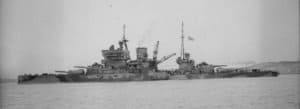
On 19th December 1941 the Italians, in response to the earlier raid on Taranto by Royal Navy Swordfish torpedo-bombers, mounted an attack on British warships in Alexandria harbour in Egypt. During the raid, Queen Elizabeth was mined by Italian divers, which resulted in the deaths of nine of her crew.
Despite this, the battleship remained afloat but the necessary repairs would take over a year and a half to complete. Following temporary repairs to make her seaworthy, she departed Alexandria and sailed through the Suez Canal, after which she set a course around Africa and made her way to the Navy yards at Norfolk in Virginia for her more extensive repair work.
Returning to service in 1943, she joined the Home Fleet in July, although Queen Elizabeth would depart in December the same year to join the Eastern Fleet operating against the Japanese. She would take part in raids on Japanese bases in the Dutch East Indies until the end of the war.
In August 1945, after thirty years of service, she was placed in reserve. The battleship had become obsolete in the face of naval air power, as demonstrated by the British raid on Taranto in 1940 and the Japanese attack on Pearl Harbor in 1941. As such, she was paid off in June 1948 and sold to Arnott Young in Dalmuir, Scotland, where she was scrapped in July.
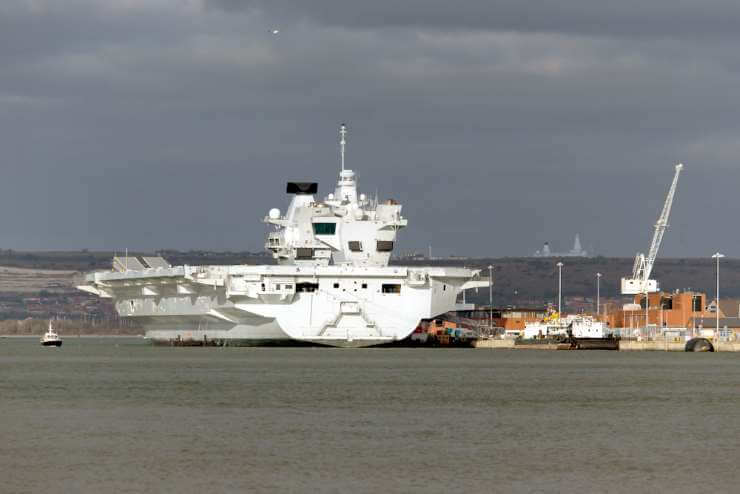
Although the once mighty battleship Queen Elizabeth is long gone, her name lives on in the form of the Royal Navy’s latest aircraft carrier. It is often mistakenly believed the latter is named after Her Majesty the Queen, but she is in fact named in honour of her dreadnought predecessor, likewise bearing the crest of the Tudor Rose and associated honours. Both are examples of Britain’s proud and long-standing tradition of naval engineering.
Mark Simner is the author of a number of books on British military history and regularly writes for several well-known history magazines.
